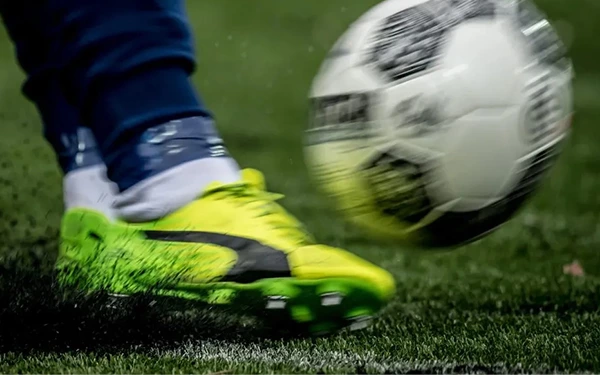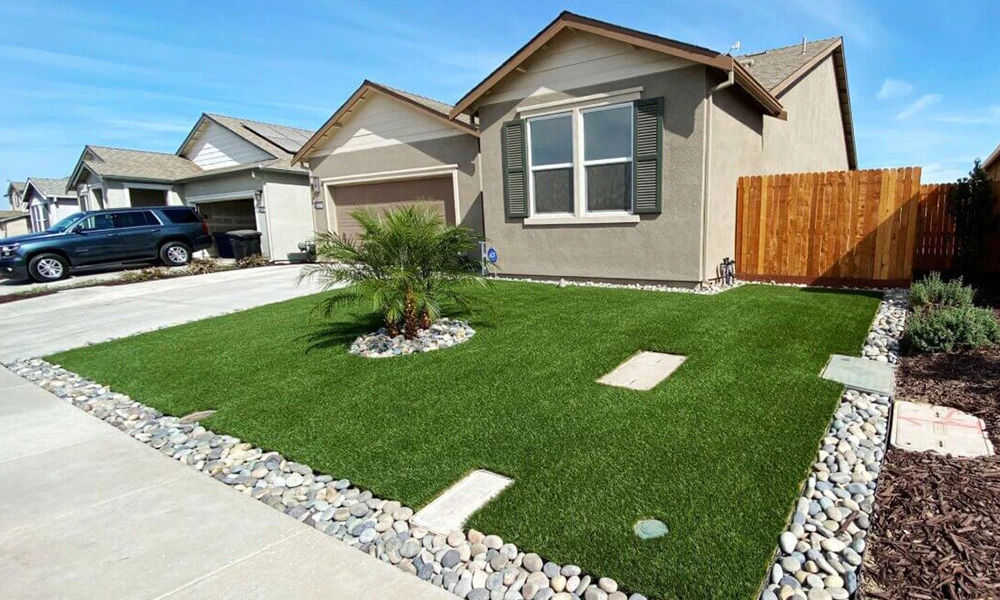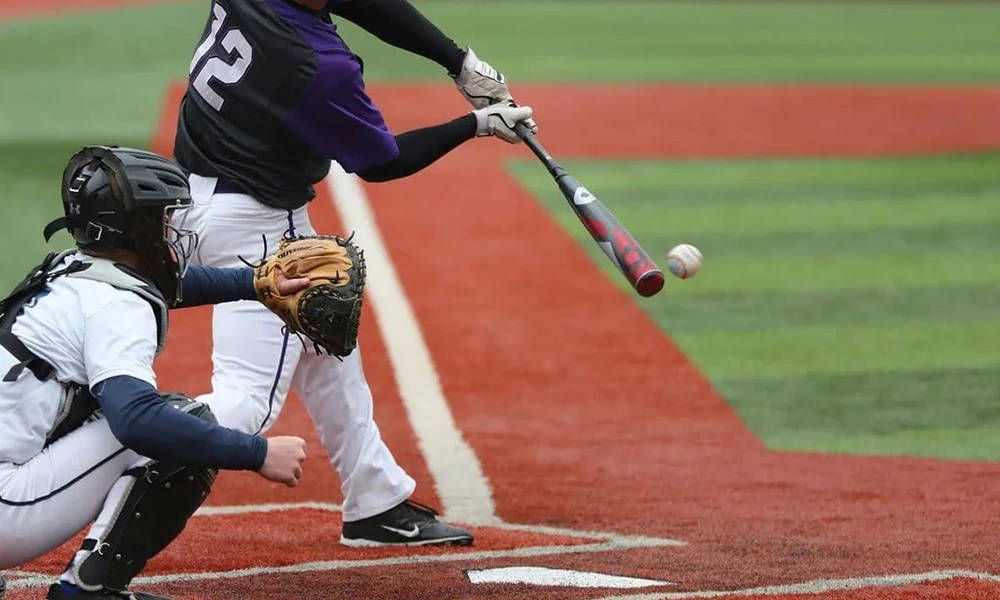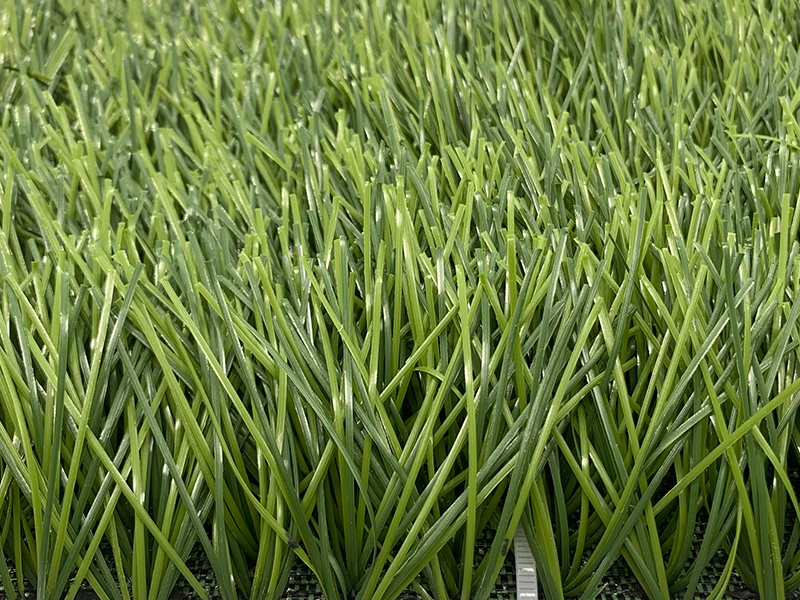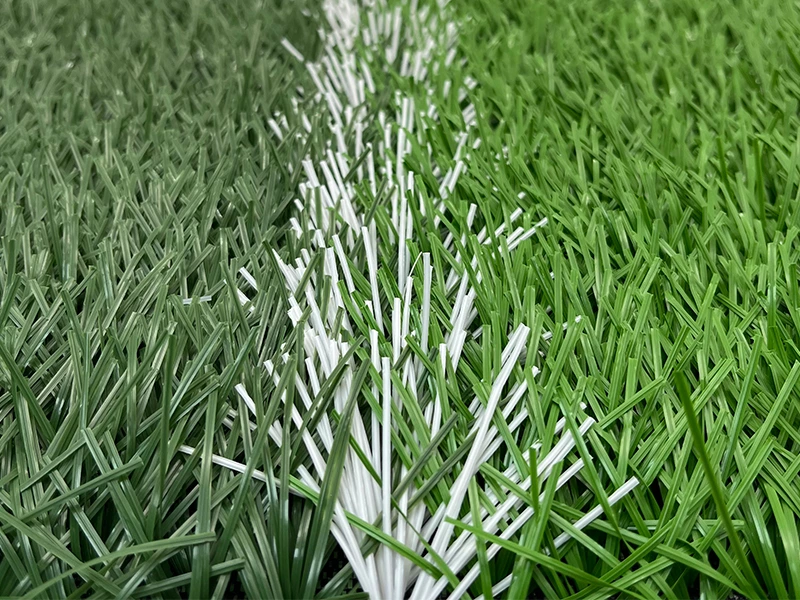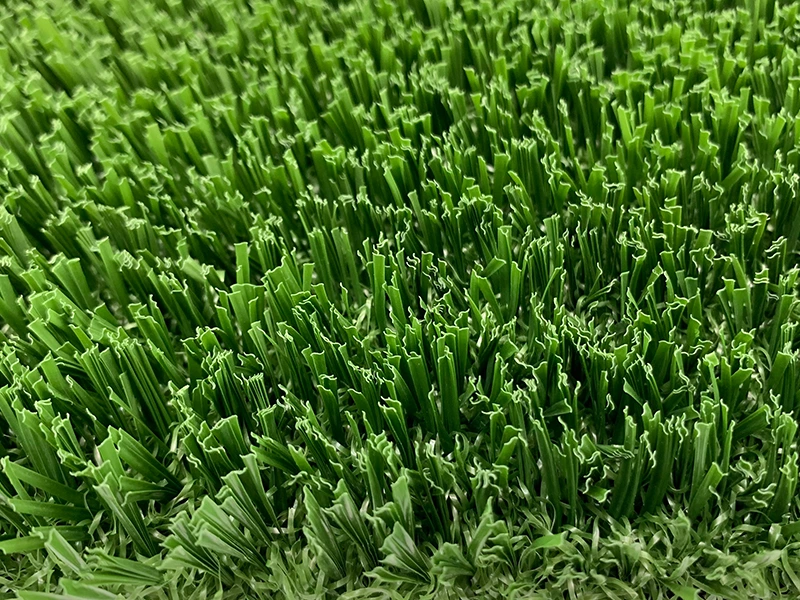Will soccer shoes damage artificial turf?
As one of the most popular sports in the world, football is widely played in various venues. With the development of modern technology, artificial turf has become a common type of venue for competitions and training. However, there are many types of football shoes, and the effects of different stud designs on the turf are also different.

Wide application of artificial turf in football
In recent years, artificial turf has rapidly replaced some natural grass fields with its advantages of high durability, all-weather availability and low maintenance costs, and has become the first choice for schools, clubs and community football fields. High-quality artificial turf is usually made of high-density polyethylene or polypropylene materials, with soft and simulated grass fibers, and a reasonable bottom structure design, taking into account both elasticity and drainage performance. However, the durability of the turf depends largely on the behavior of the user, especially the type of shoes worn.
Metal spikes: the "killer" of artificial turf
Although the metal spikes or blade-type soles commonly seen in professional competitions provide excellent grip on natural grass fields, they are destructive on artificial turf. Its sharp and hard material can easily pierce the grass and damage the grass base, resulting in:
The grass tears and breaks, affecting the overall appearance and function;
The structure of the bottom rubber or filling layer is damaged, reducing the cushioning performance;
Long-term use leads to "bald spots" on the grass, seriously affecting the service life.
Therefore, most artificial turf suppliers and managers strongly prohibit the wearing of metal spikes on the grass, especially SG (Soft Ground) type soles.
Round FG spikes: a relatively safe choice
FG (Firm Ground) spikes are currently commonly used by amateur and some professional players, especially round spikes made of plastic, which cause relatively little damage to the grass. This type of spike:
Evenly distributed, reducing single-point pressure;
The spike head is round, with weak penetration and not easy to pierce the grass;
Still provides good stability and grip on dry artificial turf.
However, it should be noted that the grip performance of some FG spikes is slightly insufficient when the grass is wet and slippery, and it needs to be adjusted according to the specific site conditions when used.
AG sole: ideal for artificial turf
AG (Artificial Ground) sole is a type of sole specially developed for artificial turf. Its biggest advantages are:
More but shorter spikes, more even force;
Softer sole material, more in line with the elasticity of the turf;
Reduces friction of grass fibers and protects the structure of the turf;
Effectively reduces the risk of sprains and slips, ensuring the safety of players.
AG shoes are widely promoted on artificial turf in Europe, South America and other regions, and gradually become the standard shoe type for artificial turf.
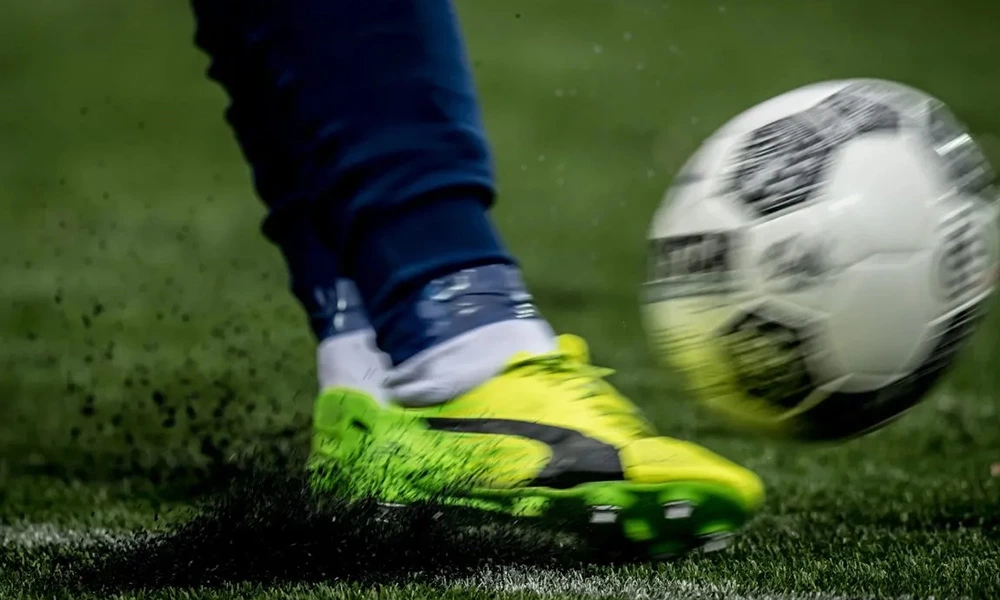
Rationally choose football shoes, taking into account performance and protection
When choosing football shoes, players should consider the type of field, weather conditions and their own habits. If you train or play on artificial turf for a long time, it is recommended:
First choice: AG sole, to protect the turf and yourself;
Second choice: FG shoes with plastic round spikes, suitable for harder turf;
Avoid using: metal spike shoes or SG soles, which seriously damage the turf.
In addition, clubs and venue operators should also strengthen management and publicity, set up obvious "no metal nails" signs, and encourage the use of appropriate shoes to jointly extend the life of the lawn.
Technology and regulations go hand in hand to create a sustainable sports environment
The popularity of artificial turf has brought more possibilities to football, but maintaining its performance and beauty requires the joint efforts of all participants. Suitable football shoes can not only improve the competitive performance of players, but also are an important part of protecting the venue and reducing operating costs. Let's start with the studs and take the first step to protect the green sports environment.
